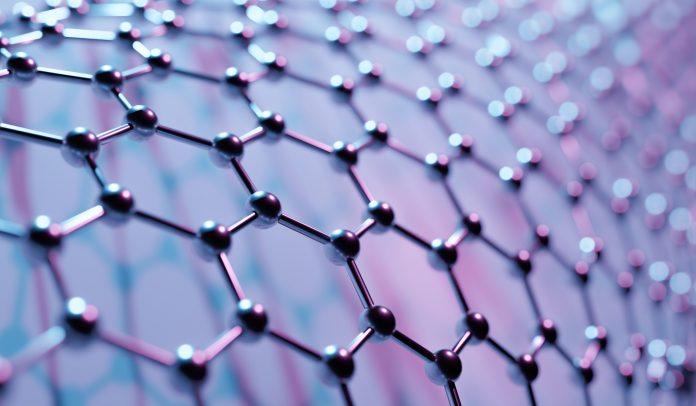Here, Writer Megan Warrender, focuses on materials research as an example of how science is supported in the United States by the National Science Foundation
The Division of Materials Research supports fundamental research and places the utmost importance of advancing materials discovery, design, synthesis, and characterisation. DMR awards enable understanding of the electronic, atomic, and molecular mechanisms and processes that govern nanoscale to macroscale properties; manipulation and control of these properties; discovery of emerging phenomena of matter and materials; and creation of novel design, synthesis, and processing strategies that lead to new materials with unique characteristics.(1) Transcending traditional scientific and engineering disciplines, these advancements also support research and education activities in the United States through the funding of individual investigators, teams, centres, facilities, and instrumentation.
Solid State and Materials Chemistry (SSMC)
One of the multidisciplinary programs within the DMR is Solid State and Materials Chemistry (SSMC), which supports fundamental research in the area of solid-state and materials chemistry of organic, inorganic, and hybrid organic/inorganic materials with an emphasis on synthesis and structure-property relationship studies. (2). This program works closely alongside other programs within the Mathematical and Physical Sciences (MPS) and Engineering (ENG) directorates to accommodate the multidisciplinary nature of proposal submissions. It spans areas such as the development of original materials design principles, innovative design, nanocrystal growth and investigations of surface and interfacial effects on materials behaviour. Furthermore, the development and fundamental investigation of novel material systems for energy harvesting, conversion and storage are welcome. This is just one of many DMR programs aiming to innovate and advance science.
Sustainability
Today, the DMR is honing in on a sharp focus on research. Recently, the DMR has been funding research on more sustainable and less toxic solar panel installation, as engineers have now discovered a lead-free perovskite semiconductor for solar cells. “I commend the team on this important finding that is more sustainable,”(3) says Lynnette Madsen, Program Director in NSF’s Division of Materials Research. “Sustainability continues to be important to NSF, as our new program on Critical Aspects of Sustainability indicates.”(4) Another example of this is in October 2019, researchers were able to repurpose a failed cancer drug into printable semiconductors, as the material has been found to act as organic semiconductors for use in chemical sensors and transistors. This once again is “thanks to new NSF-funded research from the University of Illinois.”(5)
Projects supported by the DMR are essential for the development of future technologies and industries that meet societal needs, as well as preparation of the next generation of materials researchers. This feeds into the wider aims of the National Science Foundation (NSF) as a whole, which is an independent federal agency that supports basic research and “promotes the progress of science; to advance the national health, prosperity, and welfare; to secure the national defense.”(6) In fiscal year (FY) 2019, its budget is $8.1 billion. NSF funds reach all 50 states through grants to nearly 2,000 colleges, universities and other institutions.
Quantum computing
Another example of how their funding can be used to propel science into the future is that in October of this year, Google announced that a quantum computer accomplished a task not yet possible on a classical device. When verified, this may prove to be a milestone moment, one that builds on more than three decades of continuous NSF investment in the fundamental physics, computer science, materials science, and engineering that underlies many of today’s quantum computing developments – and the researchers behind them – including five of the co-authors who helped create Google’s system.(7) The NSF stated that as quantum research continues bridging theory to practice across a range of experimental platforms, it is equally important that they, alongside other agencies and industry, invest in the workforce developing quantum technologies and the countless applications that will benefit all of society. “Together, we will ensure continuing U.S. leadership in quantum computing.”(8)
References
1 https://www.nsf.gov/mps/dmr/about.jsp
2 https://www.nsf.gov/funding/pgm_summ.jsp?pims_id=505466&org=DMR&from=home
3 https://www.nsf.gov/discoveries/disc_summ.jsp?cntn_id=298978&org=DMR&from=news
4 https://www.nsf.gov/discoveries/disc_summ.jsp?cntn_id=298978&org=DMR&from=news
5 https://news.illinois.edu/view/6367/803208
6 https://www.nsf.gov/about/
7 https://www.nsf.gov/news/news_summ.jsp?cntn_id=299412&org=DMR&from=news
8 https://www.nsf.gov/news/news_summ.jsp?cntn_id=299412&org=DMR&from=news
Megan Warrender
Writer
Open Access Government











